Is Australian talk radio walking the talk … or walking the plank?
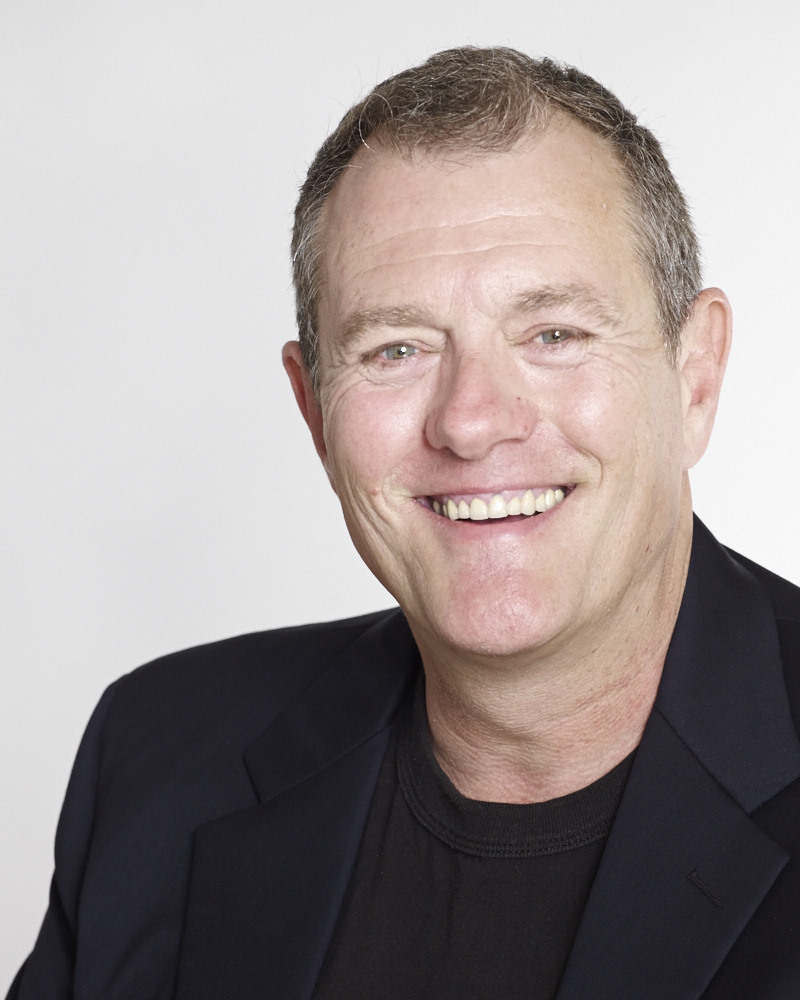
Brad March is a former CEO of the Austereo Network
Unless you are over 60 there’s not much choice in commercial talk radio formats in Australia – there’s really only one strong commercial talk format in each metro market.
Sydney has the top rating 2GB, and Melbourne has the dominant 3AW. And in Brisbane, Perth, and Adelaide, the leading commercial talk stations are beaten by the local ABC stations.
(Of course, while the local ABC stations do very well – and generally attract double-digit ratings in all metro markets – for the average listener those stations are too high-brow and not mainstream enough. Also the ABC subject matter can vary from news, current affairs, and politics on one show, to gardening and knitting on another. So it can be inconsistent and also has a tendency to get fairly boring).
 |
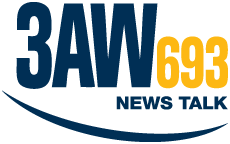 |
Macquarie Radio’s 2GB and Fairfax’s 3AW do very well in the ratings because of the lack of strong competition. By comparison, in Sydney there are five entertainment/music (FM) breakfast shows competing aggressively with each other. However, there are only two commercial talk breakfast shows: 2GB and 2UE.
So … why don’t we have more great talk radio stations in Australia?
There are more than enough variations of talk radio, including conservative talk, hot talk, liberal talk, and sports talk. There is enough room for two competitive commercial talk stations in markets like Sydney and Melbourne – and the same goes for Brisbane and Perth, each with populations of around 2 million.
One reason – at least in Sydney and Melbourne – is that there has never been an effective, focused, committed, strategic, well-executed launch against the market leaders 2GB and 3AW.
Just one example: the 2UE re-launch
 As an example – and it’s not the only example that could be used – Fairfax’s 2UE was re-launched at the start of the year, yet 8 months on it continues to struggle – the re-launch has gained no traction. Its strategy is questionable, its execution is average, the meager marketing investment has been strategically and creatively ineffective, and some talent choices have been … ‘interesting’.
As an example – and it’s not the only example that could be used – Fairfax’s 2UE was re-launched at the start of the year, yet 8 months on it continues to struggle – the re-launch has gained no traction. Its strategy is questionable, its execution is average, the meager marketing investment has been strategically and creatively ineffective, and some talent choices have been … ‘interesting’.
The majority of 2GB’s audience is 60+, with 2UE’s audience mainly 65+. And, an analysis beyond simple demographics shows both stations appeal to a similar right-wing, conservative, psychographic profile.
45-59 is the “new” 25-39!
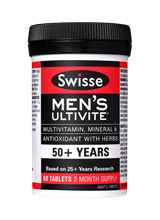 There’s a huge opportunity in the Sydney and Melbourne markets for well targeted, 45-59 commercial talk formats. The sweet spot opportunity is 50-59 year olds – 50+ hot talk radio!
There’s a huge opportunity in the Sydney and Melbourne markets for well targeted, 45-59 commercial talk formats. The sweet spot opportunity is 50-59 year olds – 50+ hot talk radio!
And it’s not hard to successfully target this demographic. Swisse Vitamins have a range of multi-vitamins targeted and branded 50+. Swisse’s Ultivite successfully markets to the 50+ demographic. And there are many other examples of successful organisations targeting this demographic.
Conservative Strategies
Owners and managers can’t afford to be too conservative. They need to be entrepreneurial and they need to take some risks. Well-considered risks, but risks nonetheless – in so much as they’ll be forging a bold new path – in Australian talk radio, at least. But it’s not an ill-considered risk, as it’s been proven to work in other international markets. Here in Australia, for an exciting new “Hot Talk” format to emerge as a ratings winner, there must be a revolution – not an evolution. And that revolution starts with hot talent.
Hot Talent
Where does the audience go after growing up from entertainment/music (FM) radio – where they grew up on a diet of Hughesy and Kate, Matt and Jo, Fitzy and Wippa or Kyle and Jackie O? They don’t suddenly have a brain snap and become right-wing conservatives – and one day wake up listening to Alan Jones!
.jpg)
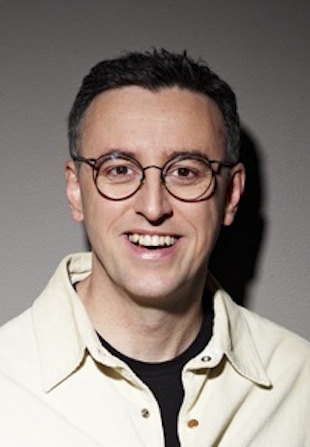 Talk radio is completely talent driven. And there are plenty of talent options for hot talk formats.
Talk radio is completely talent driven. And there are plenty of talent options for hot talk formats.
Names such as Andrew Denton, Tony Martin, Billy Birmingham for sport, Wendy Harmer, Eddie McGuire, Charlie Pickering, Hamish McDonald, Richard Stubbs, James Brayshaw, Amanda Keller, Andrew O’Keefe, Steve Vizard, Brian 'Spoonman' Carlton, Tim 'Rosso' Ross, and on and on and on … very quickly the list of options becomes quite long.
And those are just some of the names with profile – there is also a wealth of relatively ‘unknown’ talent ready to step up and be developed into future talk stars.
But the overall point remains this: finding the right talent for hot talk radio should not be a problem, given the training ground of the super competitive FM breakfast markets here in Australia.
“The dangerous ones are usually the most entertaining“
Famous crime writer Elmore Leonard (who recently passed away), wrote about the characters in his books: "The bad guys are the fun guys. The only people I have trouble with are the so-called normal types. Their language isn’t very colorful, and they don’t talk with any certain sound". The same applies to talk radio talent.
And dealing with talk talent is often one of the toughest challenges that managers and owners face – though that’s hardly an excuse. With few exceptions, the most talented, the most compelling, and the most magnetic are often the ones most difficult to manage, coach, or attract. They are also the ones that win over fans, create relationships, build loyalty, and get you strong ratings. These types of personalities are tough and demanding: "The dangerous ones are usually the most entertaining."
At what age do listeners switch from FM to AM? This will largely be determined by the quality of the content offered. 3AW’s average audience age is 56.4, 2GB’s average audience is 53.7, and 2UE’s average age is now 57.5*.
 The Past
The Past
In the past we had talent like John Laws who was phenomenally successful. We have Alan Jones on GB. Jones is a brilliant orator and broadcaster, though very right wing (and hardly contemporary). Alan is Australia’s answer to US talk radio star Rush Limbaugh. Neil Mitchell on 3AW – whilst referred to as a ‘shock jock‘ – is at least somewhat enlightened and contemporary, even being quite outspoken about the issues of suicide, and bullying in the gay and lesbian community. Ray Hadley’s show on 2GB has been described as ‘a temple of hatred‘.
The Future
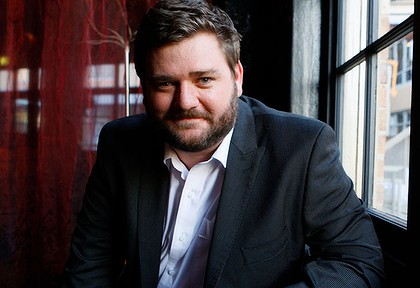 One shining light, one of the new generation of great talk personalities, is Paul Murray (right) on 2UE. Paul is exceptional, a great example of the future of hot talk stars. A real radio superstar! And remember his background: he spent a long time at Nova 969 and Triple M, doing everything from entertainment to talk-back to hard journalism to surreal sketch comedy.
One shining light, one of the new generation of great talk personalities, is Paul Murray (right) on 2UE. Paul is exceptional, a great example of the future of hot talk stars. A real radio superstar! And remember his background: he spent a long time at Nova 969 and Triple M, doing everything from entertainment to talk-back to hard journalism to surreal sketch comedy.
Add strong talk personalities to strong news credibility and a few other key perceptions, and you have a powerful combination. In this regard, Fairfax should be seeing 2UE as a great opportunity.
The Cost of Failure
Macquarie and Fairfax recently released their annual results. Macquarie, with just 2 stations – 2GB and 2CH – had revenues of $60.8 million and a profit (ebitda) of $14.2 million. Fairfax, with 7 capital city stations including talk formats 3AW, 2UE, 4BC and 6PR, had an improved result with revenue of $105.1 million – yet a profit only marginally greater than Macquarie’s: $15.5 million. That’s a low profit result for a network of 7 stations. Winning talk formats are expensive to do – but not nearly as expensive as losing money!
The Benefits of Taking the Measured Risk
We should have talk radio that reflects and challenges the views, hearts and minds of 45-59 year old Australians.
All of which fits with the key issue facing talk broadcasters now – attracting the right audience for advertisers, which means younger listeners than its current 60+ demographic. And not just younger, but those consumers with the spending power that advertisers want to reach.
60 is now called the start of old age. ‘Hot Talk‘ radio needs to talk to a younger audience – under 60 year olds. Once again: 45-59 is the “new” 25-39.
Brad March is a former CEO of the Austereo Network and is Managing Director of Marchmedia.
 |
 |
Thanks to Scott Muller at MBOS for his input into this article.
* Source: Nielsen



